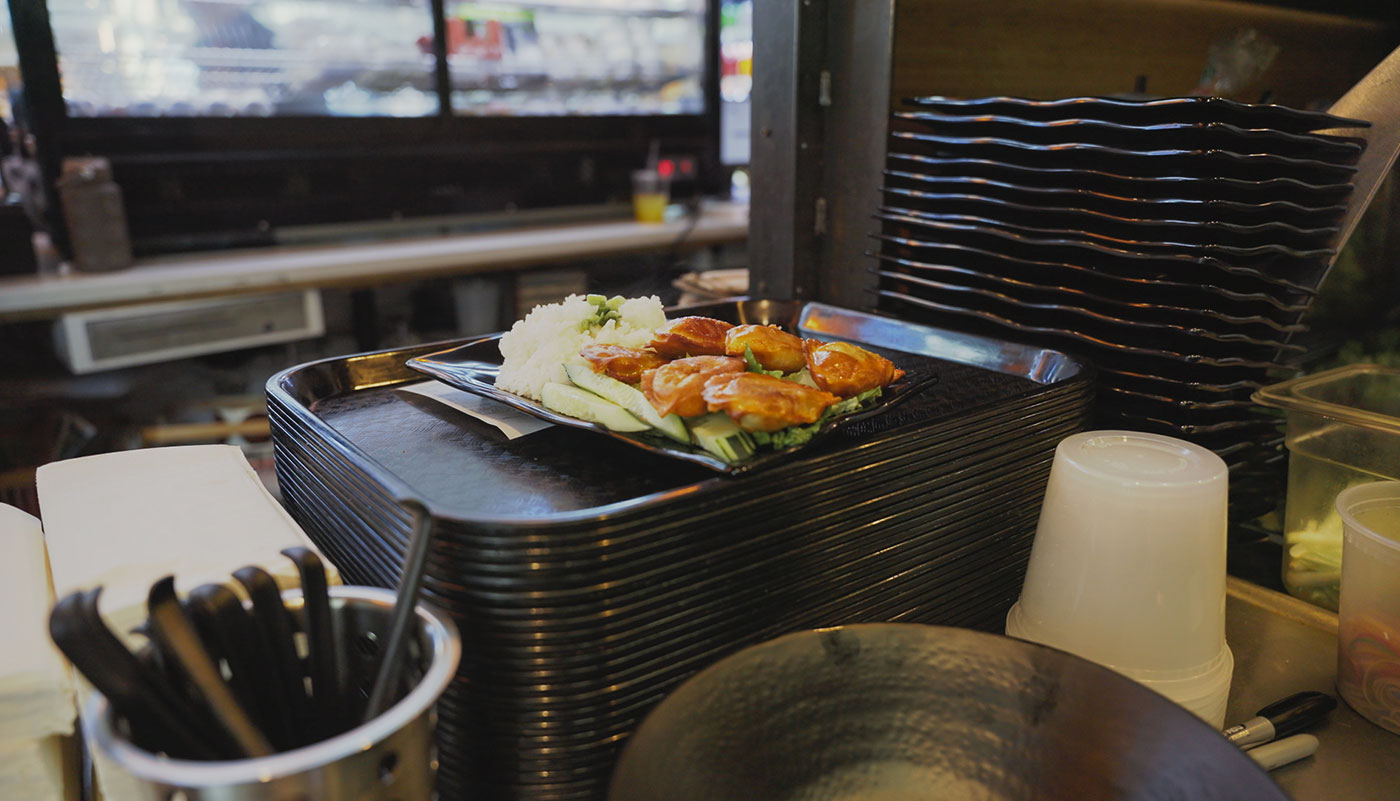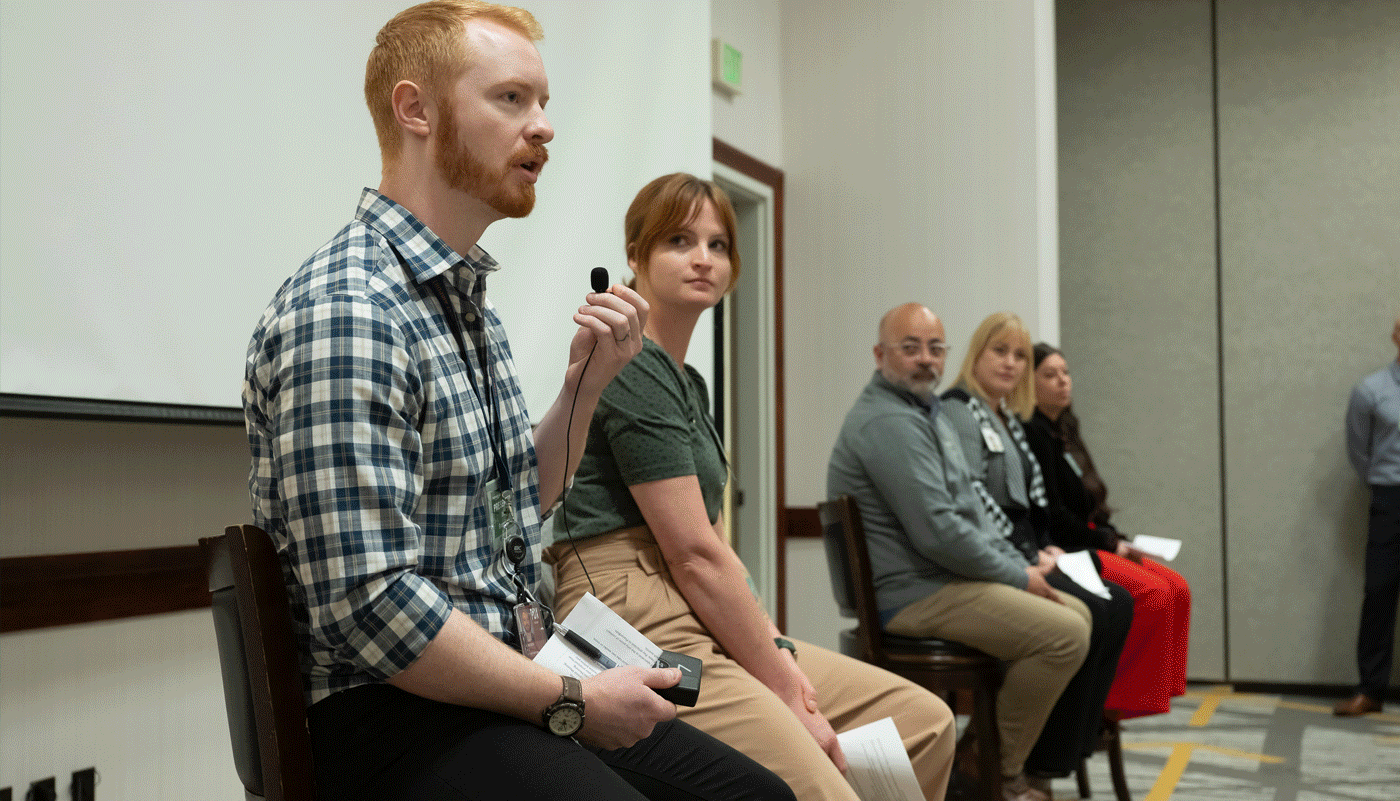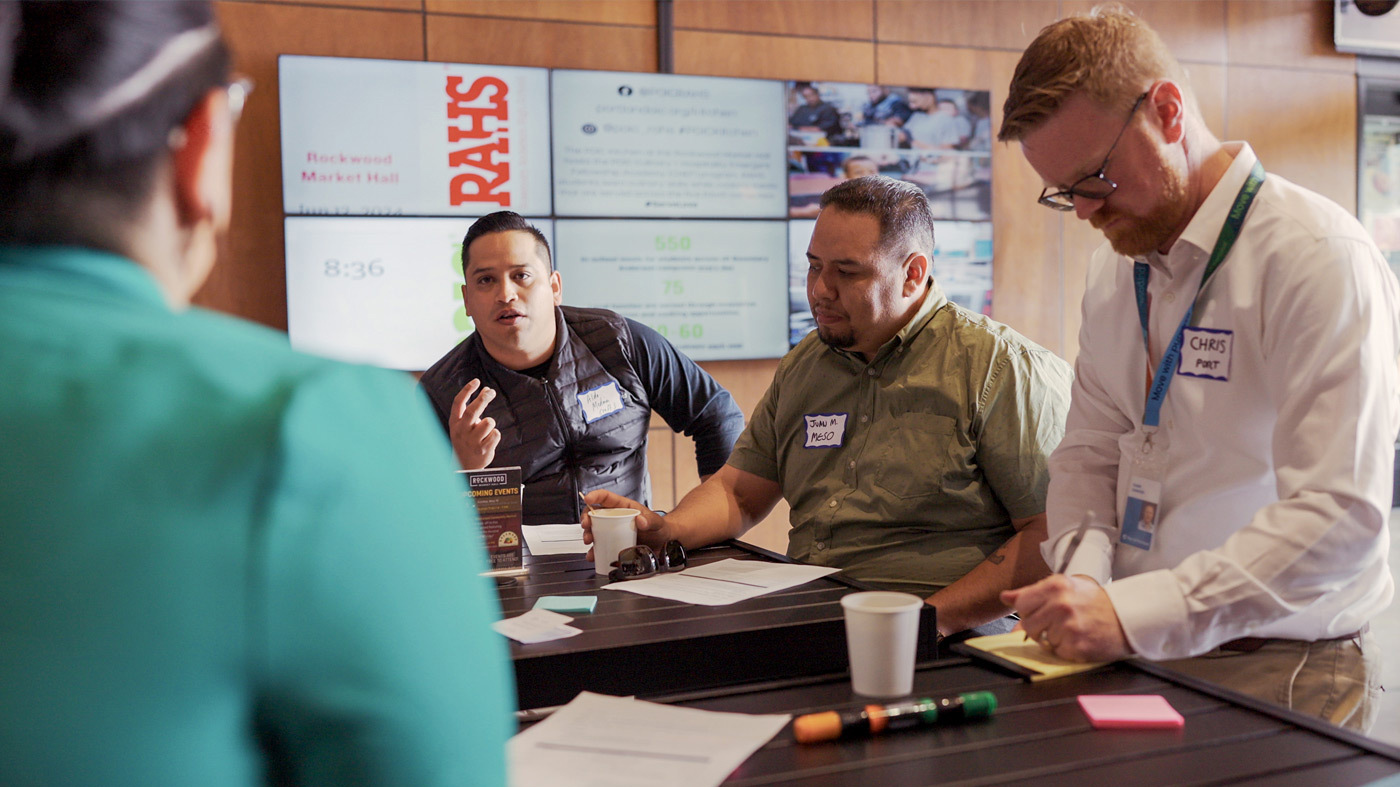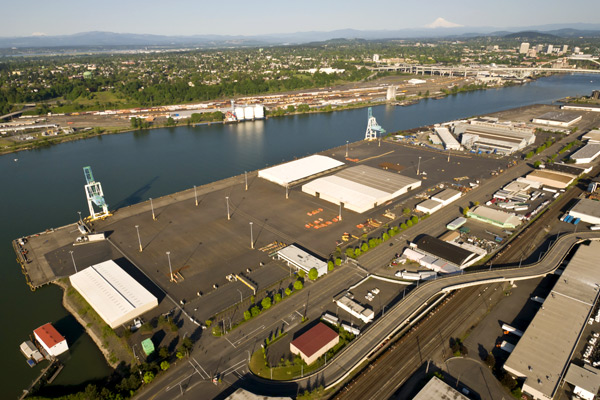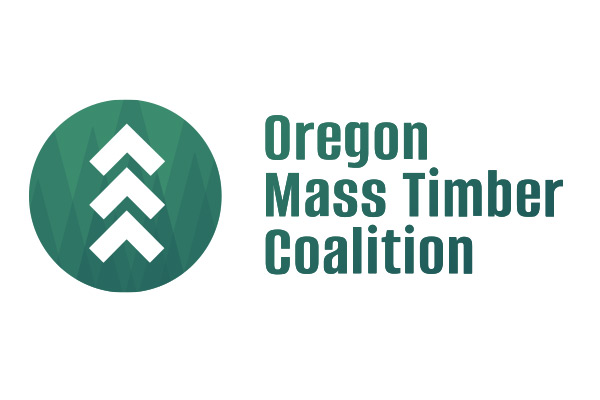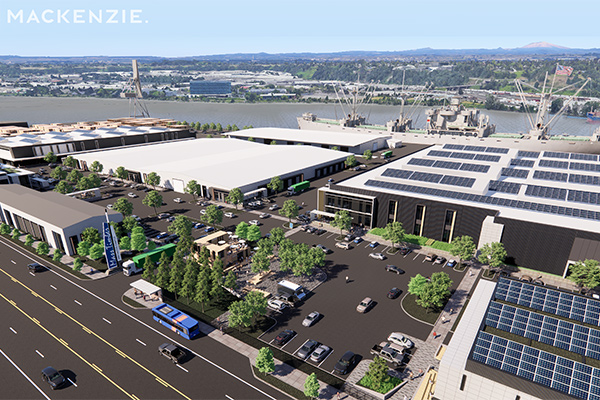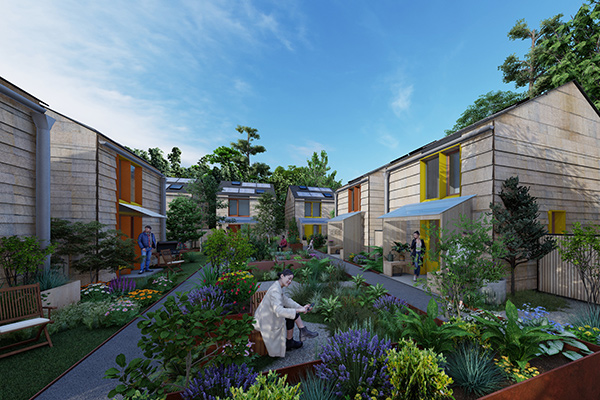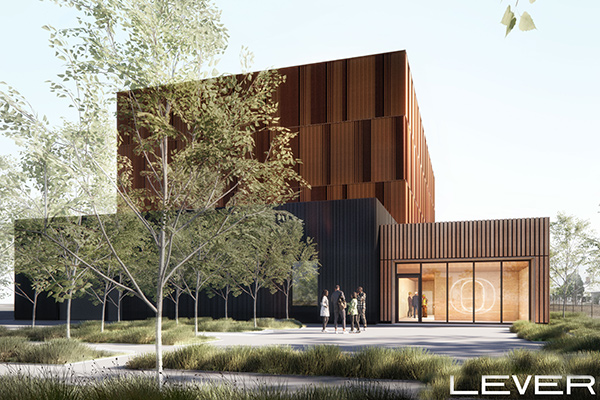Creating big opportunities for small businesses with Pathways to Prosperity
When members of the Port of Portland team talk with the small business community, we often get two questions: "What is the Port of Portland?" and "How do I work with the Port?"
To answer the second question, we recently held Pathways to Prosperity, our first day-long symposium filled with workshops and information sessions designed to help the more than 100 local small business owners, entrepreneurs, and craftworkers in attendance learn about the many ways to work with the Port.
At the event, Port experts shared upcoming opportunities to do business with our airports, marine terminals and business parks, and offered guidance for proposing and bidding on our contracting opportunities. The goal? Provide direction and answer questions so that small businesses can directly benefit from the work we do.
The planning process started months before the event itself, Community Partnership Specialist Maggie Gilman Holm said.
"We spent a lot of time talking with community partners and Port teams, and exploring ways to make the day engaging, useful, and welcoming for all participants. This allowed us to take a thoughtful approach instead of rushing in and throwing something together," she shared. "One example was taking time to think about ways to involve small businesses in what we purchased or contracted for the event – everything from stage design and event management to a photo booth and themed cookies."
Looking back, Pathways to Prosperity offered many concrete benefits for both the Port and the participants, which included restauranteurs, artists, makers, consultants, and more.
"It showcased real-time opportunities, created space for community organizations to build camaraderie, allowed our team to re-engage with local chambers of commerce, and encouraged teamwork since it took so many hands, flexibility, and problem-solving for the Port to put our best foot forward," Community Impact Program Manager June Reyes said.
"From the decorations, speaker preparation, food, atmosphere, and overall event curation, we tried to make it clear that the Port cares," Gilman Holm reflected. "Every facet of the event was designed to show that we mean it when we say we want small businesses to work with us and to feel welcome to ask questions and engage going forward."
